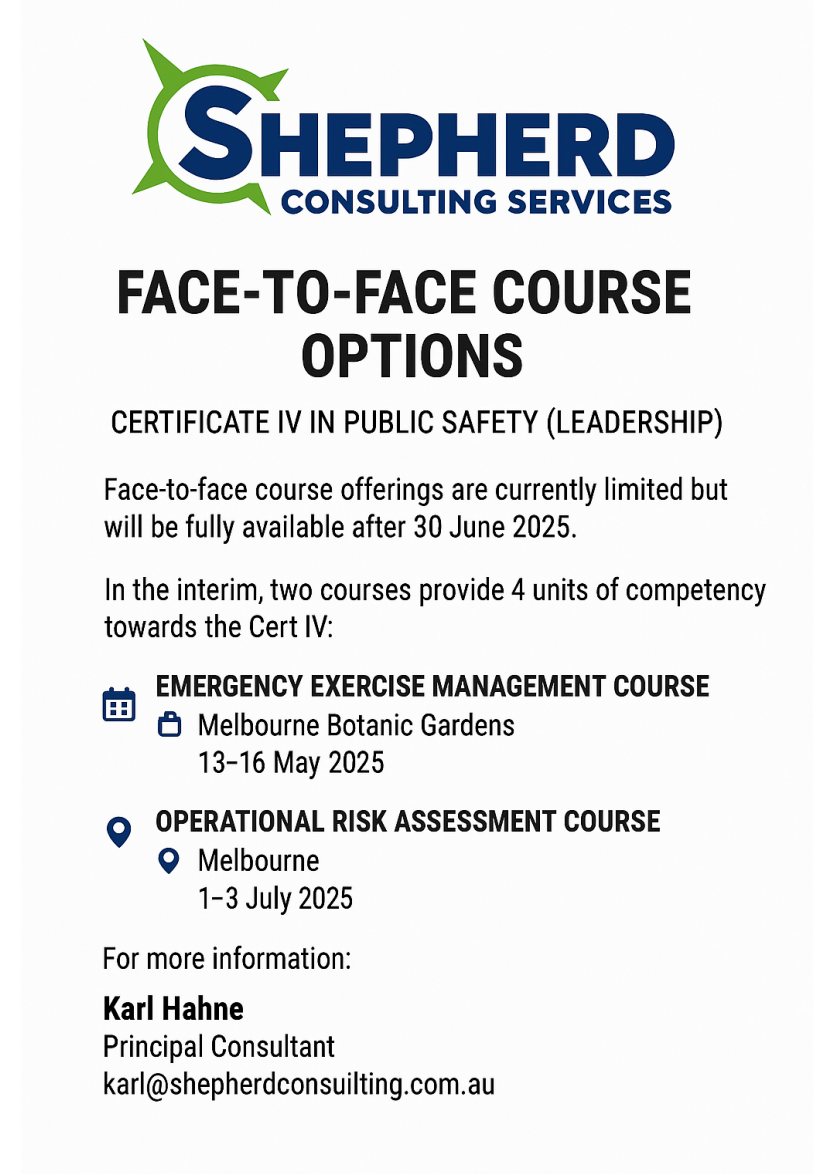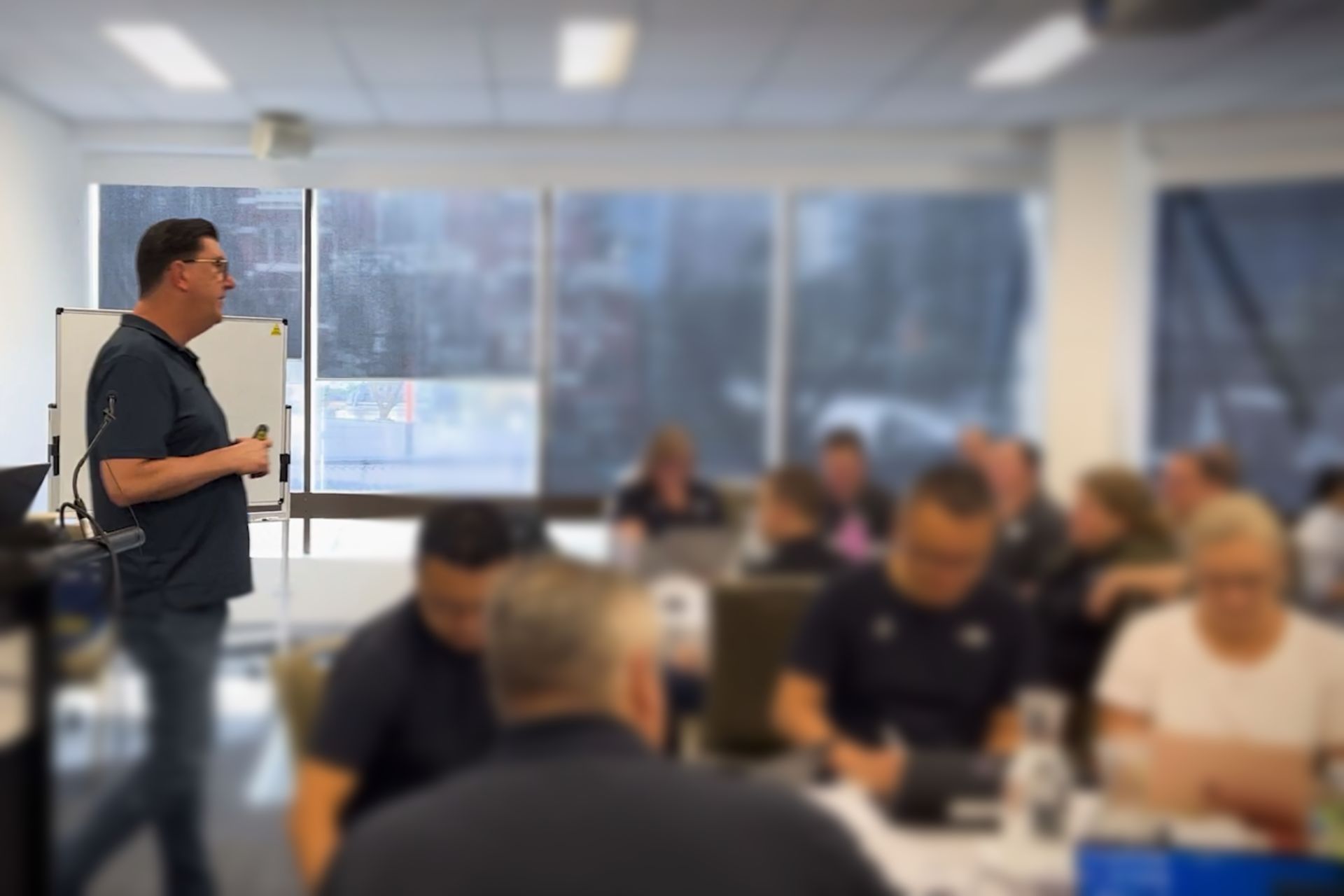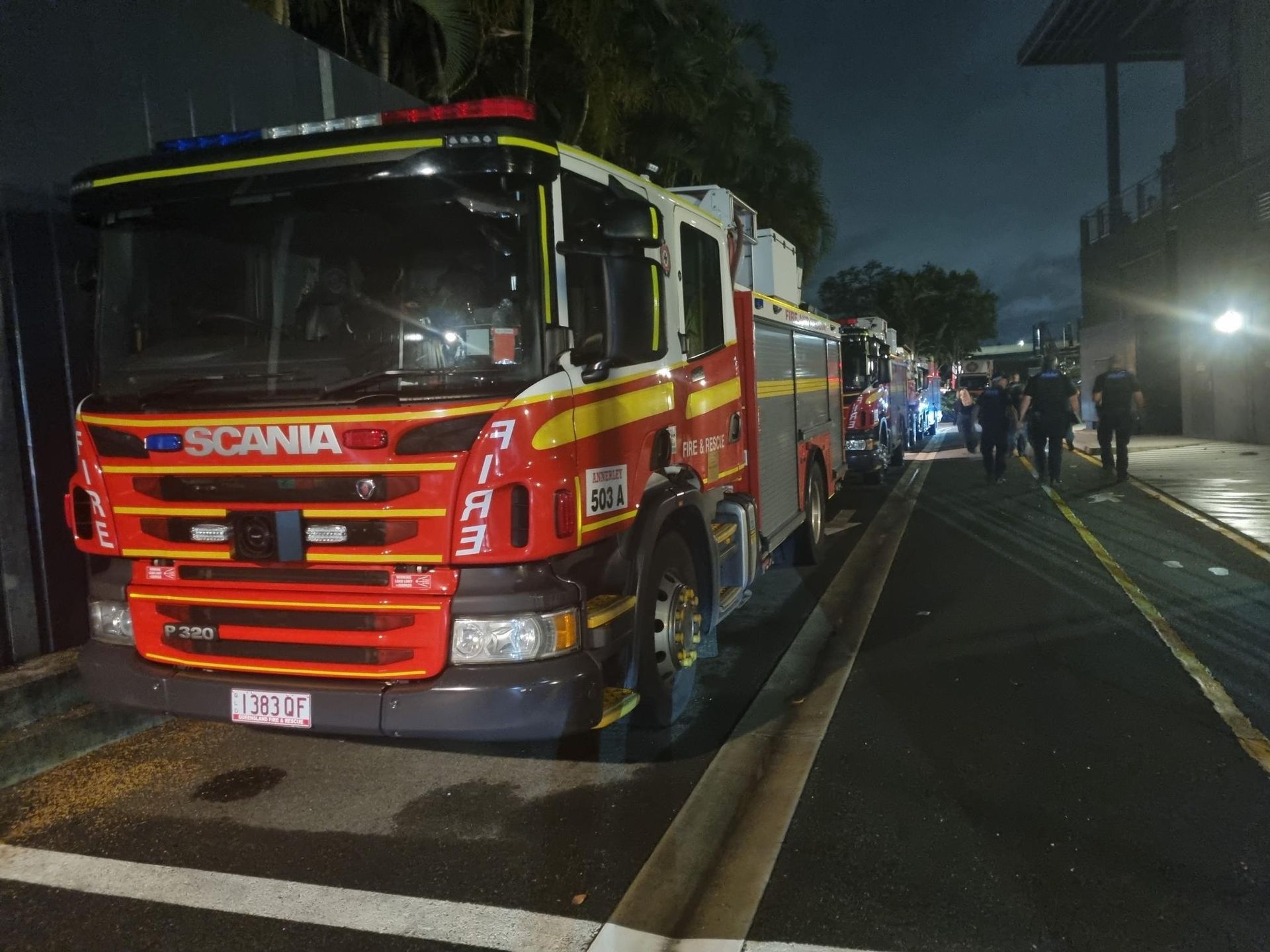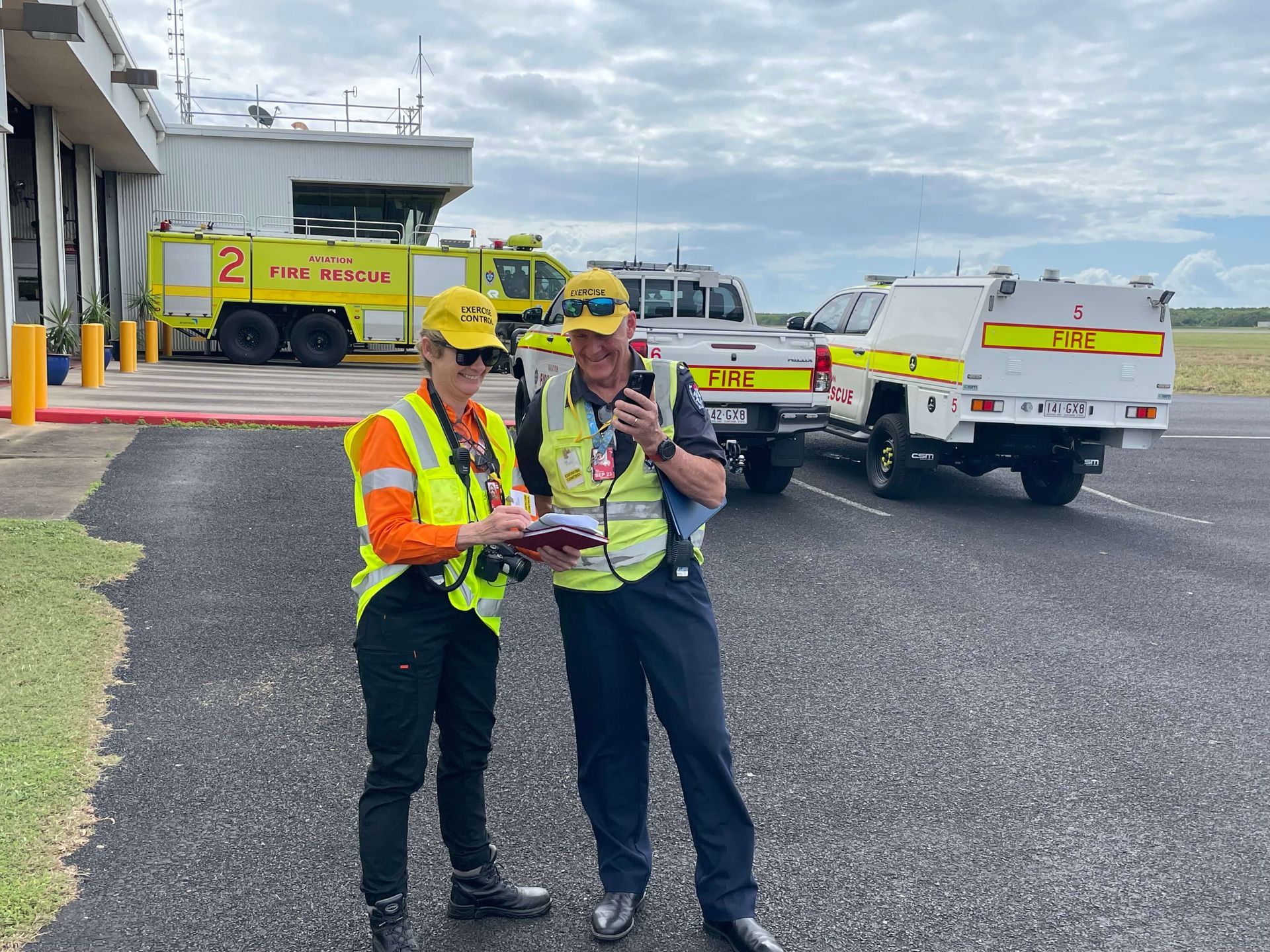Weekly tips for exercise designers, managers and evaluators
Three tips for designing an effective emergency exercise:
1. Set Clear Aim and Objectives
Why it Matters: The success of an emergency exercise depends on how well it meets its aim and objectives. These could include testing communication channels, evaluating response times, or ensuring that all participants understand their roles.
Implementation: Define what you want to achieve from the exercise. Make these objectives specific, measurable, achievable, relevant, and time-bound (SMART). Communicate these goals to all participants to ensure everyone is aligned.
2. Create Realistic Scenarios
Why it Matters: The closer the exercise is to real-life situations, the more valuable the lessons identified will be. A realistic scenario helps participants engage more fully and prepares them better for actual emergencies.
Implementation: Develop scenarios based on past incidents, threat assessments, or plausible risk factors specific to your organisation or area. Include variables like time of day, weather conditions, and the availability of resources to make the scenario as realistic as possible.
3. Incorporate Debriefing and Feedback
Why it Matters: The exercise is not just about testing responses; it’s also about evaluation, learning and improving. A thorough debriefing helps identify strengths and areas for improvement.
Implementation: Plan a structured debriefing session immediately after the exercise, allowing all participants to share their experiences and observations. Collect feedback through surveys or direct discussions, and use it to refine emergency plans and future exercises.
Share this article
Emergency exercises are not just about ticking a compliance box
Melbourne - Emergency Exercise Management Course







